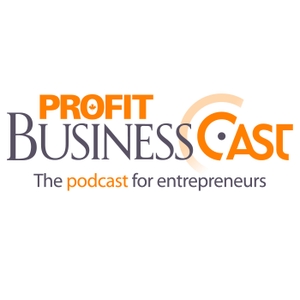
9 Tested Steps for Equity Crowdfunding Success
05.12.2016 - By PROFIT Magazine & PROFITguide.com
Download our free app to listen on your phone
As any entrepreneur knows, raising funds for a successful startup can be inconvenient at best, and hopeless at worst. But for those dreading knocking at VC’s doors, take heart: there may be a new way to raise the capital you need, without all the hassle.
Just ask Andrew McLeod, Chief Strategic Office of RentMoola. An online global payment network, RentMoola allows tenants and owners to pay rent and other dues online. McLeod oversaw Canada’s largest equity crowdfunding campaign to date, which used a offering memorandum and funding portal listing to net over $5 million for a 13% equity stake.
Does an equity crowdfunding campaign sound like the perfect solution for your funding woes? Follow these steps:
1. Do your research
Many startups go through a familiar fund-raising trajectory: friends and family, angel, seed, Series A, B, C, and so on. RentMoola did very well in the first two financing stages, but considered a range of options once it got to VC phase.
McLeod says it’s important to consider if an equity crowdfunding campaign is right for your company. “I think there’s a certain type of company that should go that route, and there’s a certain type of company that shouldn’t,” he notes. “If you have a really great elevator pitch and you’re a really great marketer, I think crowdfunding’s amazing, and it’s going to be really successful [for you.] So before you make that investment, you want to make sure that there’s a right fit.”
2. Pick a crowdfunding exemption
Once you’ve decided you want to pursue an equity crowdfunding campaign, you need to decide which crowdfunding exemption you want to use. McLeod says the easiest option is the accredited investor exemption. But you can access a bigger pool of backers via the crowdfunding and offering memorandum (OM) regimes. Both require you to do a certain amount of paperwork.
“We decided to use the offering memorandum exemption because there’s a lot more flexibility around it,” explains McLeod. (The company also used the crowdfunding exemption). “It basically allows anyone to invest, regardless of whether they’re an accredited investor or not, and it doesn’t really put the same limitations that the crowdfunding exemption would have on your fundraising initiatives.”
3. Choose a funding portal
“Equity crowdfunding platforms are fantastic,” says McLeod. “They help with the compliance, it’s easy to set up, [and] they help with the distribution channel for you to get your message and your story out there.” He says finding the right portal is key—RentMoola used Vancouver-based FrontFundr. The portal helped with the application and the setup of the campaign.

